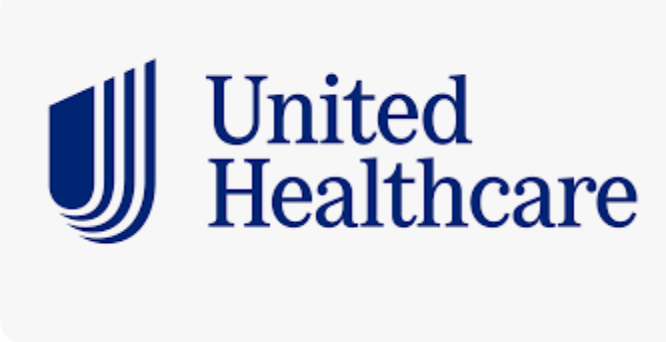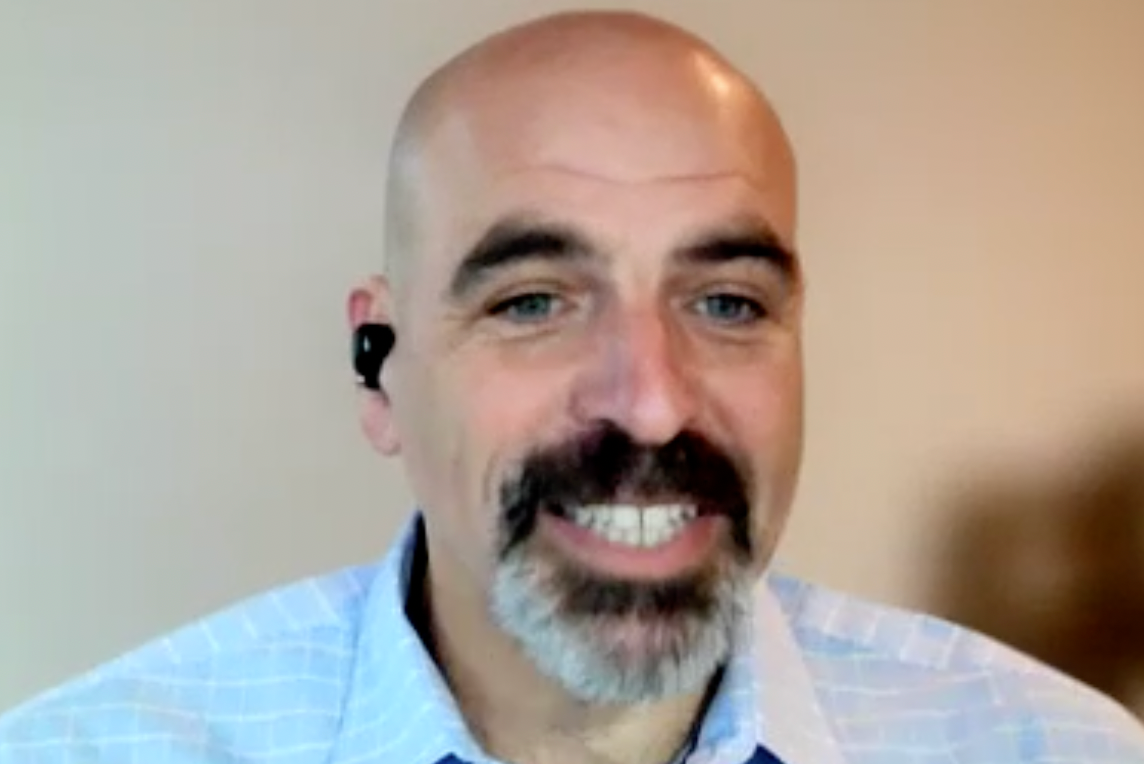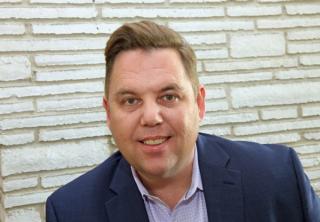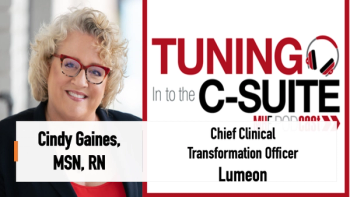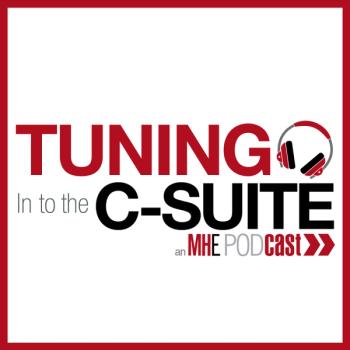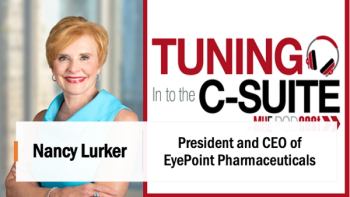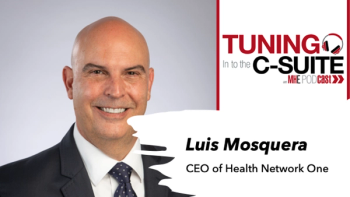
Business Strategy
Latest News
Latest Videos
Podcasts
More News

To maintain patient satisfaction and regulatory compliance and reduce potential clerical errors while maintaining high productivity, you can ease your staff’s burdens by automating your practice’s workflows and empower your staff to do more in less time.

Patients are choosing virtual care for mental health needs. But telehealth usage in other areas has dropped, suggesting some patients prefer office visits.

Researchers found a sharp rise in virtual visits in skilled nursing facilities in 2020, but most of those gains didn’t last.

Discover how healthcare is evolving, the workforce hurdles it faces, and the game-changing role of technology in overcoming these obstacles.

By customizing collaborative models of at-home care to the health needs of the community and the business needs of key stakeholders, organizations can develop an innovative model that achieves mutual goals while strengthening health outcomes, access, and satisfaction.
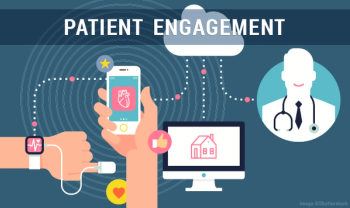
To support a value-based care model, healthcare organizations should focus on creating meaningful engagement throughout the patient's journey. This includes contacting patients at the right time through the right channel with relevant messages.
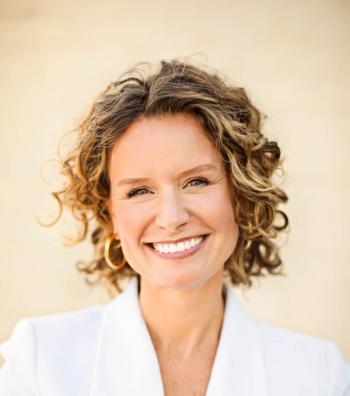
Bryant Hoyal, VP of Client Services, Strategic Accounts at Relatient suggests filling appointment schedules with patients based on their specific needs through best practices is an efficient way to drive revenue, as well as balance workflows for staff. Outside of scheduling tools, Hoyal stressed the importance of being a data-driven organization to understand and control the workflow of your practice.

Bryant Hoyal, VP of Client Services, Strategic Accounts at Relatient explains to Managed Healthcare Executive how providers can address burnout through clinic scheduling.

Szczesny, owner and vice president of EDCO Awards & Specialties, gives an in-depth analysis and real-world examples to help steer healthcare organizations in the right direction of value-based operations.

Embracing Eastern and Western medicine practices is crucial in delivering the best healthcare outcomes.

Pandemic-triggered changes in the healthcare industry have required hospitals, clinics, and other healthcare facilities to scale up their technology operations, resulting in high demand for tech experts.

Amongst a few recommendations, Commonweath is encouraging how and how much we as payers, providers and consumers pay for primary care.

Larger payers have plenty of cash on hand to do deals but will look for “adjacencies” rather than merger and acquisition with other payers because of the regulatory environment, say Bain experts.

Connecting the healthcare system and patients in a positive, empathetic, respectful way may help lessen the fatigue many groups have with the healthcare system at-large and individual healthcare providers, while improving health equity.

What’s more valuable than the ability to identify problems within your business plan or strategy? The ability to find solutions to those problems before they arise.

By integrating capabilities and services, we can create health experiences that are much more than the sum of their parts

If virtual care is achieve meaningful health outcomes in a primary care setting, it must be practiced within a bona fide hybrid approach.

This year, health plans need to focus on the following smart, “no regret” investments in the enrollment process that have low risk, high reward, and ultimately deliver an exceptional member experience while simultaneously reducing costs and improving data quality.

Reinventing the Healthcare Workplace: Futurizing the Operating Model for Human Capital Management
Many leaders in healthcare would agree the healthcare sector has been operating in crisis mode for more than two straight years.

Twenty percent of nurse managers are considering leaving the profession, and amid unprecedented burnout and turnover among nurses at all levels, there’s increased urgency for healthcare organizations to develop a formal nurse manager succession plan

There are many misconceptions about healthcare technology, but you can improve your organization’s approach to IT by clearing them up and following these three steps.

The healthcare sector has always been one of constant change, regularly experiencing technological, policy, and practice transformation. But the level of uncertainty and complexity since the pandemic hit has put understanding how the business of healthcare has changed on life support.

How Healthcare Leaders Can Have the Greatest, Most Sustainable Impact on Vulnerable Populations
Congress’ Medicare and public health emergency extensions prove to be beneficial for vulnerable communities, and leaders have the opportunity to create a lasting impact.



